For most people, thinking about Turkish cuisine generally conjures up in the mind countless images of delicious meaty kebabs. But for the most part, these imaginings are limited to the standard döner kebab and shish kebab that the western world are accustomed to. But in fact, the types of kebab available in Turkey are countless, and offer far tastier varieties.
Kebab generally refers to any dish of meat, fish or vegetables, which are grilled on a skewer or roasted using a rotisserie. In Turkey, the word kebap extends to include any of these dishes that are cooked over, or next to, a flame. It includes both small and large cuts of meat, as well as ground meat. Kebab in Turkey can be served on plates (known as porsiyon), in sandwiches, or even in wraps (known as dürüm).
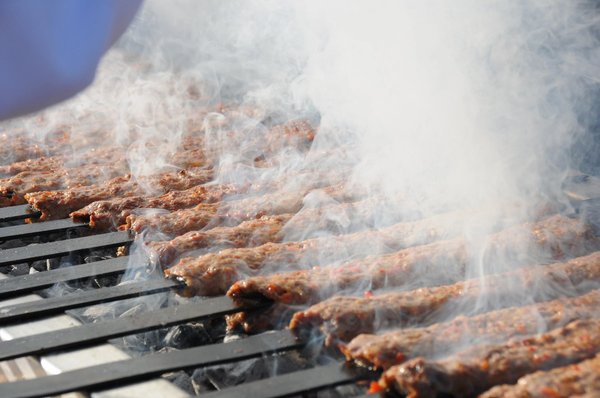
Traditionally, the meat used to make Turkish kebabs is lamb. However, as individual tastes evolved, and regional specialties developed, other popular meats used in Turkish kebabs have extended to include beef, chicken and fish. Using vegetables in kebabs has also always been popular in Turkey, and most commonly you'll find varieties of kebab made with eggplant, tomato, peppers and onion.
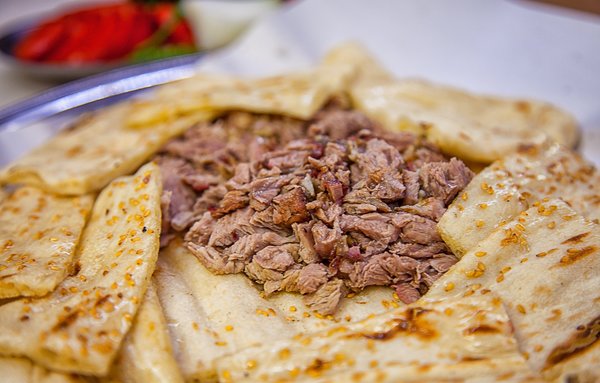
It is generally accepted that the first kebabs in Turkey originated from the Erzurum province in Eastern Turkey, as cağ kebab; with meat stacked and cooked on a spit horizontally, rather than vertically as today's döner kebabs are. These kebabs are first mentioned in Ottoman travel books dating back to the 18th century. The 'father' of the modern döner kebab, Iskender Efendi, then wrote that he and his grandfather "had the idea of roasting the lamb vertically rather than horizontally", and invented a vertical rotisserie. It is this dish that is today most commonly recognised throughout the world as 'kebab'.
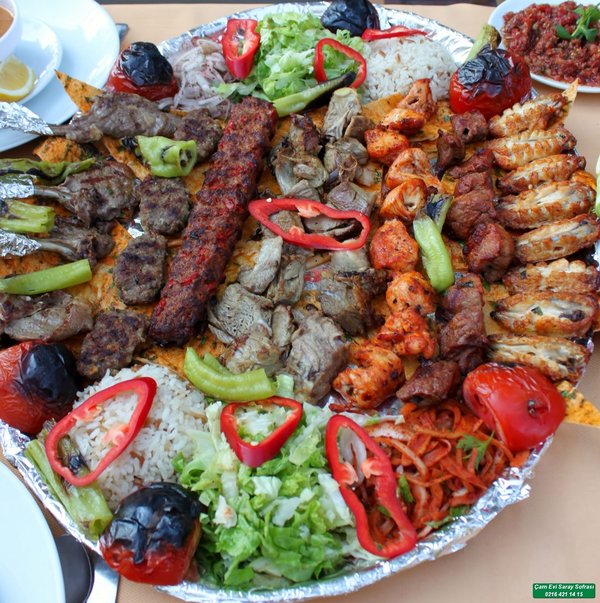
So just how many different types of kebab can you expect to taste on your visit to Turkey? The number, in fact, is endless. And just how many varieties you sample also depends on your own desire to do so.
To help people who have been trying to find new flavours from different places of the world, we have prepared a list including some of popular Turkish kebabs – and you should endeavour to taste to your heart's content. You certainly won't be disappointed!
Here are the most popular Turkish kebab dishes that represent Turkish regional cuisine:
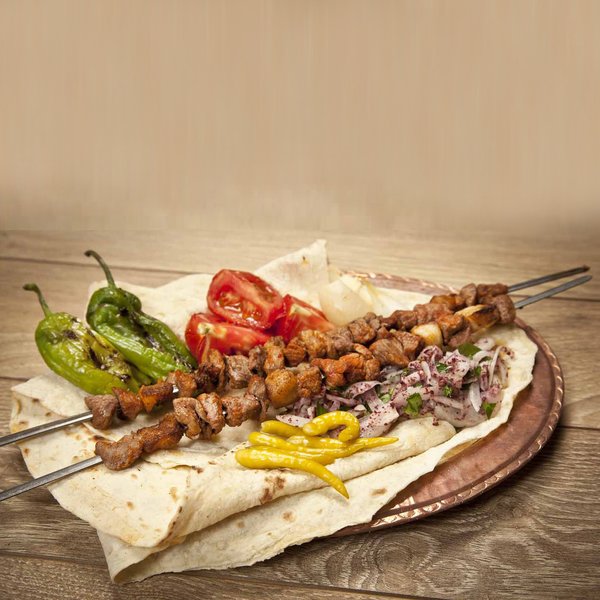
Shish (şiş) kebab – A traditional and familiar kebab of meat and vegetables, generally cubed and threaded onto a skewer, before being grilled and served with bread and/or rice with salads. Çöp şiş is a variety of this popular kebab, made with smaller pieces of meat and generally cooked on wooden skewers, as opposed to iron.

Adana kebab – Hailing from the South-Eastern Turkish province of the same name, Adana kebab is a spicy (read: hot) kebab made from ground mince formed over a wide skewer and grilled over charcoals. A milder version originates from a nearby town and is known as Urfa kebab.
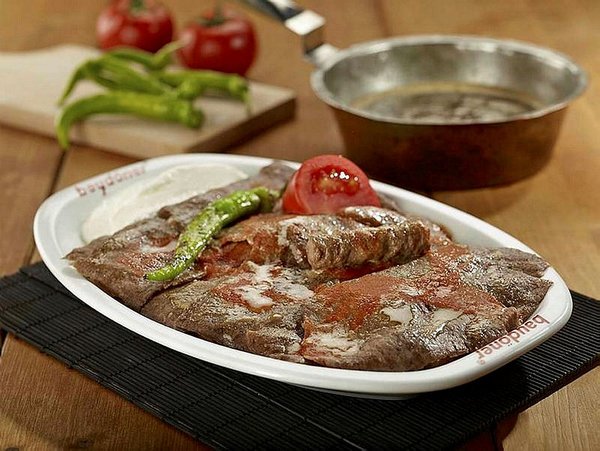
Iskender kebab – This is the kebab which inspired Iskender Efendi to invent the vertically cooking kebab, and originates from his seaside hometown of Bursa. It is essentially döner kebab, served with a lathering of melted butter over a bed of bread, with yoghurt on the side.
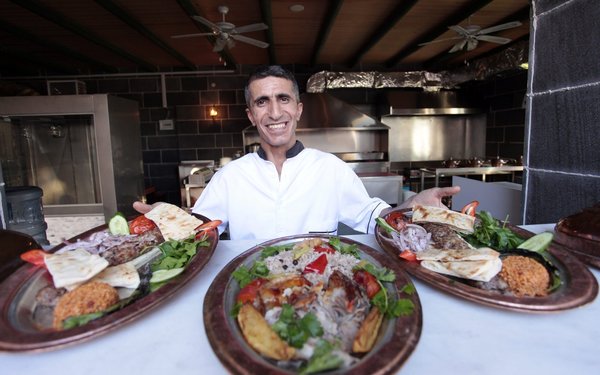
Cağ kebab – This is commonly accepted as the predecessor to the modern döner kebab, and is made from lamb meat cooked on a horizontal rotisserie, before being sliced off, and grilled on a skewer.
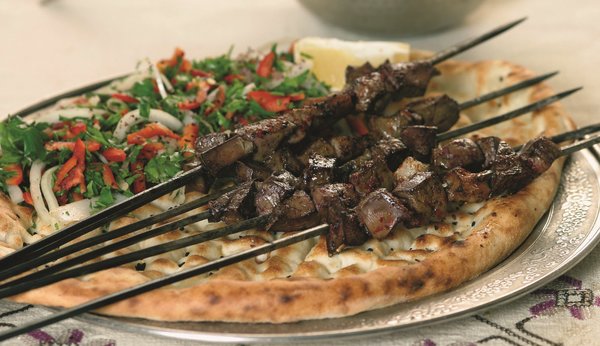
Ciğer kebab – Don't be put off – this kebab is more delicious than it sounds! This tasty kebab is made from portions of lamb livers, diced and marinated with herbs, and grilled on a skewer, before being served with bread and salads.
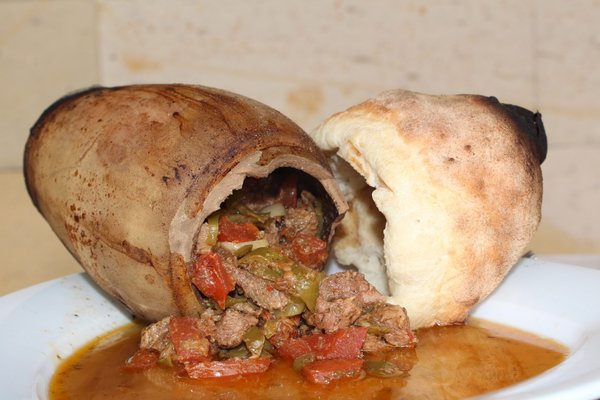
Çömlek kebab – This is actually similar to a meat and vegetable casserole, cooked in a güveç (çömlek means earthernware bowl, in Turkish). Generally the meat is lamb or chicken, and eggplant, carrots, beans, tomato and green peppers are added to it before cooking.
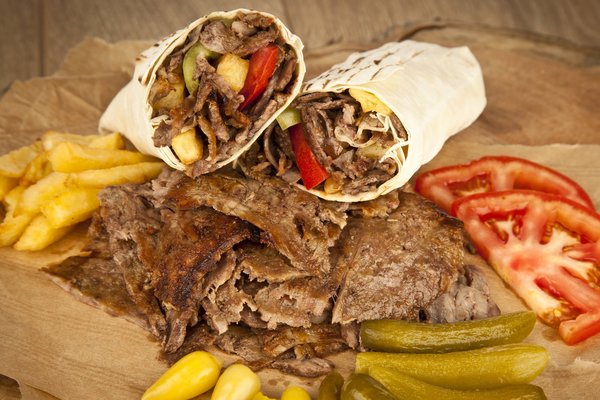
Döner – The world-famous kebab literally means 'rotating' kebab, in Turkish. It is made from lamb, chicken or beef, which is slowly roasted on a vertical spit, and then thinly sliced off. Döner is served on a plate with salad and rice or potatos; in bread like a sandwich; or in a wrap known as dürüm.
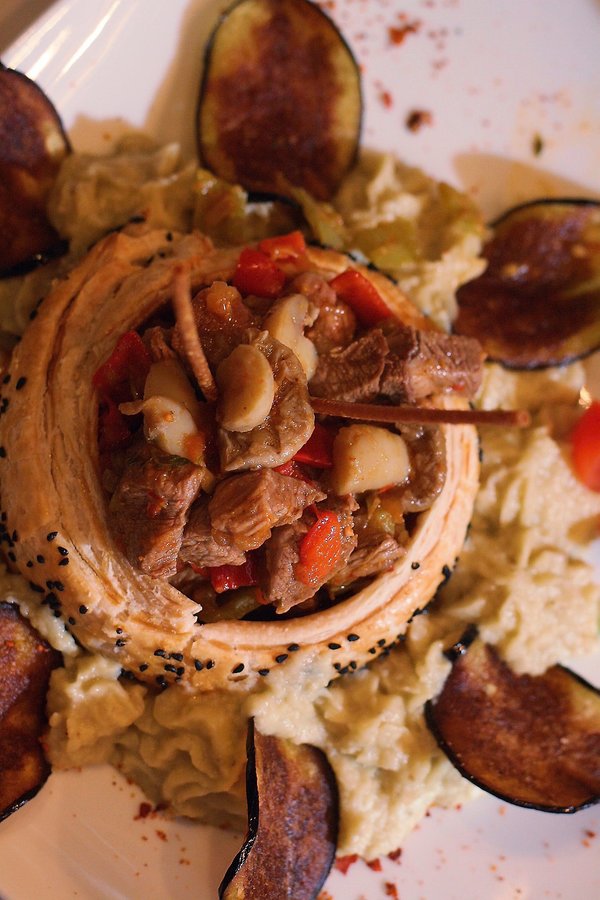
Hünkari kebab – This is also known as the Sultan's kebab, because it was the favourite kebab of Ottoman sultans. It is made from sliced lamb meat, served over a bed of creamy pureed eggplant flavoured with herbs.

Tandır kebab – Generally hailing from Central or Eastern Anatolia, this kebab is made from lamb pieces – or even a whole lamb – that is baked slowly over many house in a special traditional oven called a tandır. The result is a tender and tasty meat that is then served with bread and raw onions.
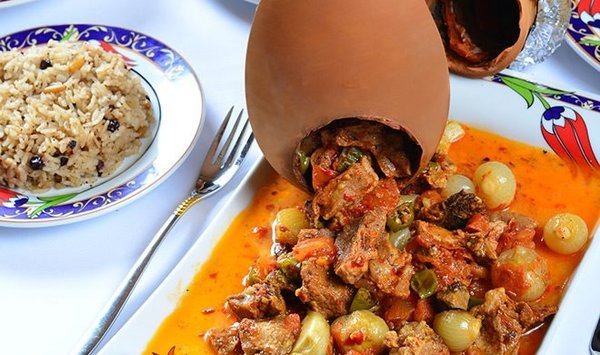
Testi kebab – This unique kebab originated in Central Anatolia and the Black Sea region. It consists of meat and vegetables cooked in a clay pot ('testi' means jug, in Turkish) over fire. The seal of the pot is generally broken at your table, right before eating.
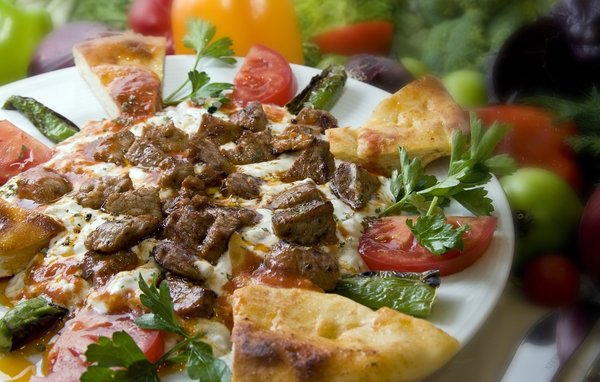
'Ali Nazik' Kebab – Coming in a close second to 'Iskender kebabi' in terms of popularity is 'Polite Ali' kebab, better known as 'alinazik kebabı'. This succulent classic is a combination of marinated, grilled lamb served over a bed of warm, fire-roasted eggplant mixed with plain yogurt. If you're an eggplant lover, this dish is for you. The smoky flavor of the roasted eggplant really enhances the taste of the grilled lamb.
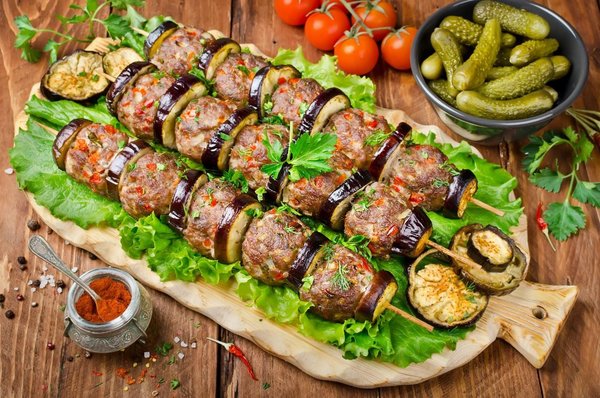
'Patlıcanlı Kebab,' or Eggplant Kebab – Another popular kebab featuring eggplant, this time, Turkish meatballs, called 'köfte' are sandwiched between layers of sliced eggplant brushed with olive oil.
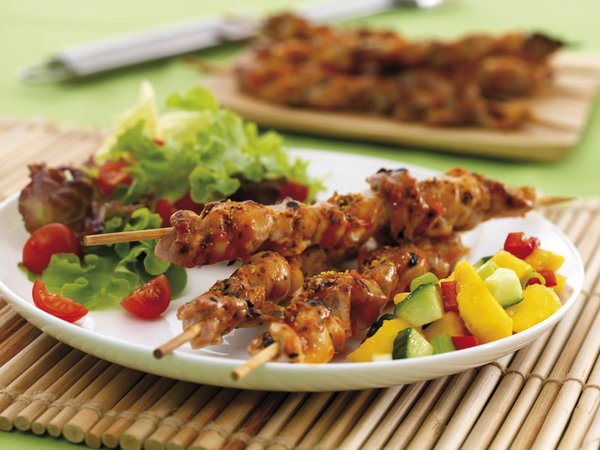
Chicken Kebab, or 'Tavuk Şiş' – 'Tavuk' or 'piliç' shish kebab is made with either breast meat or dark meat marinated first in milk or plain yoğurt, then in olive oil and spices. A spicier version is coated with seasoned red pepper paste.
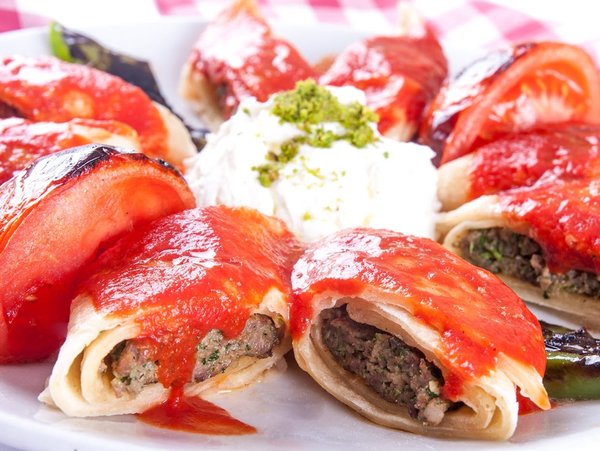
'Beyti' Kebab – 'Beyti' is a recipe said to date back to Ottoman times. It was rediscovered by a famous Istanbul restaurant with the same name and is now popular all over the country. A mixture of perfectly seasoned ground beef and lamb rolled in a thin flour tortilla-like dough called 'yufka.' It's then sliced into rounds and put on the skewer to grill.